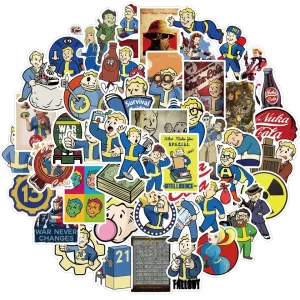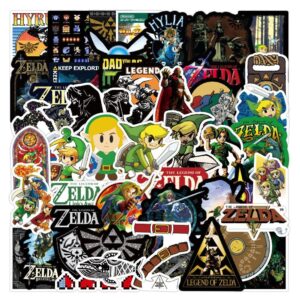This Week In Video Game History – SNK launch their final home video game system, an innovative shoot em up from Namco is released, Luigi makes his debut and one of Nintendo’s greatest innovators is born,

This week in 1994, SNK launched their final home video game console – the NEO GEO CD.
 Before the creation of the NEO GEO CD, SNK created the NEO GEO AES (Advanced Entertainment System) it was a marvelous home video game system that was way ahead of its competition in the power department. The Achilles heel of the AES was its price point. The machine retailed for over $600, which is the equivalent of over $1,000 by today’s value. The games for this cartridge based console were also staggeringly expensive. The price of a new NEO GEO AES cartridge would see you parting ways with around $200 of your hard earned cash. That’s right, the cartridges had cost approximately a third of the price of one of the most spendy consoles to have ever existed.
Before the creation of the NEO GEO CD, SNK created the NEO GEO AES (Advanced Entertainment System) it was a marvelous home video game system that was way ahead of its competition in the power department. The Achilles heel of the AES was its price point. The machine retailed for over $600, which is the equivalent of over $1,000 by today’s value. The games for this cartridge based console were also staggeringly expensive. The price of a new NEO GEO AES cartridge would see you parting ways with around $200 of your hard earned cash. That’s right, the cartridges had cost approximately a third of the price of one of the most spendy consoles to have ever existed.
The NEO GEO CD, its cartridge based predecessor and its arcade brother, the NEO GEO MVS (Multi Video System) are a lineup of truly mighty machines. In its time arcade games were still the best looking games around, and the NEO GEO home systems provided true, exact and 100% faithful arcade ports. Despite Nintendo and Sega claiming console superiority over each other as their console war raged on, neither the Mega Drive/Genesis or the Super NES could compare to the capability of the NEO GEO systems.
While the NEO GEO AES would be part of the same generation of video game consoles such as the Mega Drive and Super NES, it carved its own niche, almost separate to Nintendo and Sega.
 The Neo Geo AES and it’s included joystick controller.
The Neo Geo AES and it’s included joystick controller.
The pricing of the NEO GEO AES and its cartridges was indeed the crux of an otherwise highly impressive product and so, SNK decided to address this by creating the NEO GEO CD. A CD-ROM based console (obviously) which was cheaper to manufacture and with the CD-ROM formats high storage capacity and low production cost, the NEO GEO CD was a far more affordable machine. The system retailed for approximately $390 with new games retailing for the more standard price of $49 to $79.
This may have seemed in vain as at this time, the NEO GEO CD had to compete with the mighty PlayStation. The NEO GEO CD’s seemingly invariant software lineup did not bode well for the machine either. Not only that, the systems single speed CD-ROM drive was slower than that of competitors such as the SEGA Saturn and of course Sony’s PlayStation. This meant the NEO GEO CD suffered some of the worst load times in video game history.
 The Neo Geo CDZ
The Neo Geo CDZ
SNK would create a model of the NEO GEO CD exclusively for the region of Japan, the CDZ. It’s lack of a “region lock” makes it a highly desirable model amongst NEO GEO fans because of it’s faster CD-ROM drive. The NEO GEO CD had moderate success in Japan and completely bombed in the US. After killing it in the arcade market SNK struggled through the 90’s arcade slump, with the failure of the NEO GEO CD that followed, SNK found themselves crashing and burning. However, this did not stop them taking a shot at the handheld market when they launched the NEO GEO POCKET. Alas, this too would fail as Nintendo and the Game Boy had already gained a seemingly insurmountable grip on the handheld market.
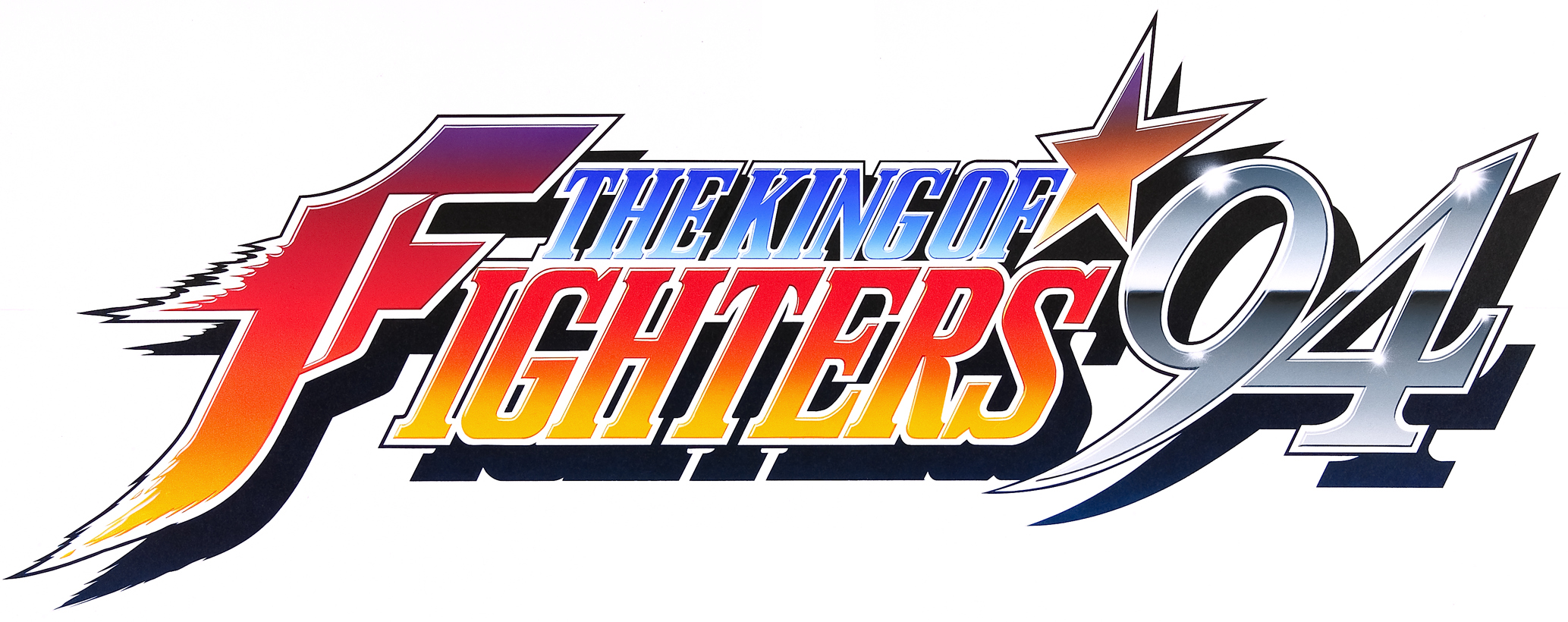 These days SNK still do what they do best, make fighting games, SNK’s King of Fighters series is still going strong since beginning in 1994.
These days SNK still do what they do best, make fighting games, SNK’s King of Fighters series is still going strong since beginning in 1994.

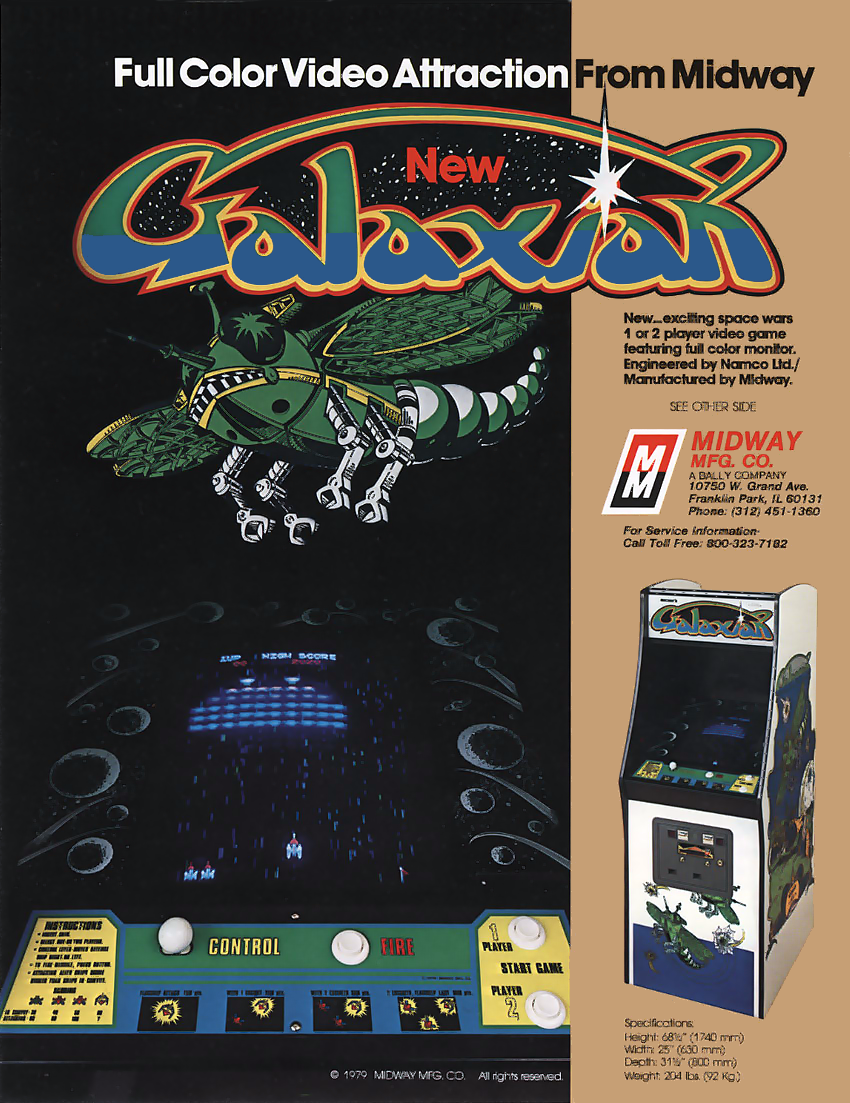 33 years ago this week, innovative arcade classic Galaxian is ported to the Japanese Nintendo Famicom in 1984.
33 years ago this week, innovative arcade classic Galaxian is ported to the Japanese Nintendo Famicom in 1984.
The original arcade version, released in 1979, was developed by Namco, creators of Pac-Man, Pole Position, Dig Dug and Ridge Racer. Its primary purpose was to compete with Taito’s colossal Space Invaders and did so by expanding on its pioneering concept. Just like Space Invaders, the action involves the horde of the titular Galaxians in a galactic shootout with the player’s ship which is called the (wait for it…) Galaxip.
Galaxian expands on the Space Invaders formula and in doing so created some unique innovations and video game firsts. One of the earliest of shoot em ups, Galaxian is somewhat overlooked in favor of its sequel Galaga, which did improve upon the Galaxian formula is so many ways. Galaxian would be ported to multiple different platforms, including the Atari 2600. In doing so one of the programmers of the Atari 2600, Mark Ackerman, who also worked on Ms. Pac-man and Moon Patrol earned himself a software patent. Ackerman created a unique technique which allowed for the display of multiple characters, or in this case, a row of 8 Galaxian’s on screen at once, when the 2600 limited game developers to four sprites total. Further innovations include the dive-bombing Galaxian’s. Occasionally, Galaxian’s would take turns flying kamikaze at the player’s ship and is the earliest example of enemies with individual personalities. This heightened drama added a complexity and challenge greater than that of Space Invaders.
 The impressive Atari 2600 conversion of Galaxian
The impressive Atari 2600 conversion of Galaxian
Galaxian is a game that is presented in full gorgeous RGB color. While Galaxian is not the earliest example of a color game, the uniquely colored individual character sprites and explosions were a first. The games scrolling star-field background was also unique.
While Galaxian had a sequel in 1981’s Galaga, Galaga too had a follow-up, the lesser known Gaplus. By the time of Galpus‘ release in 1984, the novelty of Space Invader like games had well worn off.
However, this didn’t stop the production of a fourth game in the series, Galaga ‘88. This entry added game worlds, special bonus stages, and dimensional travel. The dimensional travel mechanic is a unique concept for a shoot em up. Essentially, it’s the equivalent of an increasing difficulty mid game. There are five dimensions of increasing difficulty with their own unique enemies and attack patterns. Though it’s not the simple case of pausing the game and increasing the difficulty level manually, it functions as a warp. In order to do so, the player has to collect two “Warp Capsules” during play. After every 10 stages, the player has then moved to the next higher difficulty dimension automatically.
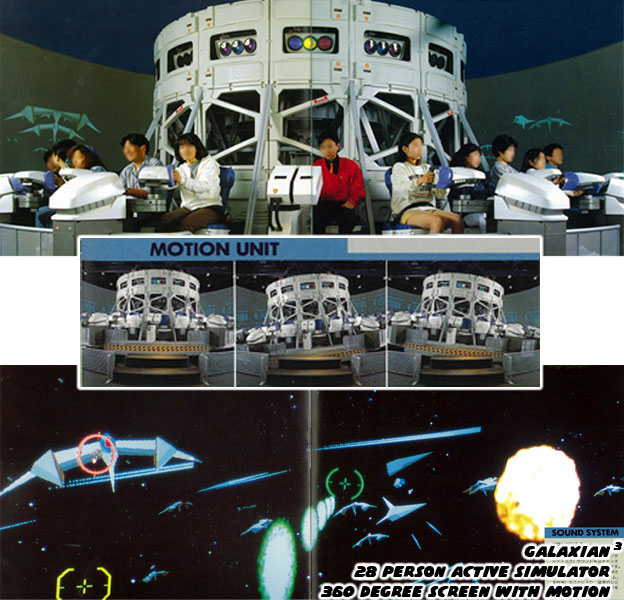 Project Dragoon was an ambitious attraction
Project Dragoon was an ambitious attraction
The next entry in the series began as a prototype of an actual immersive amusement park attraction titled Galaxian 3, also known as Galaxian 3: Project Dragoon. The actual game that was played would be ported to Arcade and then to PlayStation in Japan and Europe in 1992, 95 and 96 respectively. In 1994 Namco created Attack of Zolgear, a 6-player dual-LaserDisc arcade machine. The last entry to date is 1995’s Galaga Arrangement, along with Xevious Arrangement and Mappy Arrangement they were part of the Namco Classics Collection Volume 1 arcade system. All three games are essentially expanded remakes of their original counterparts.

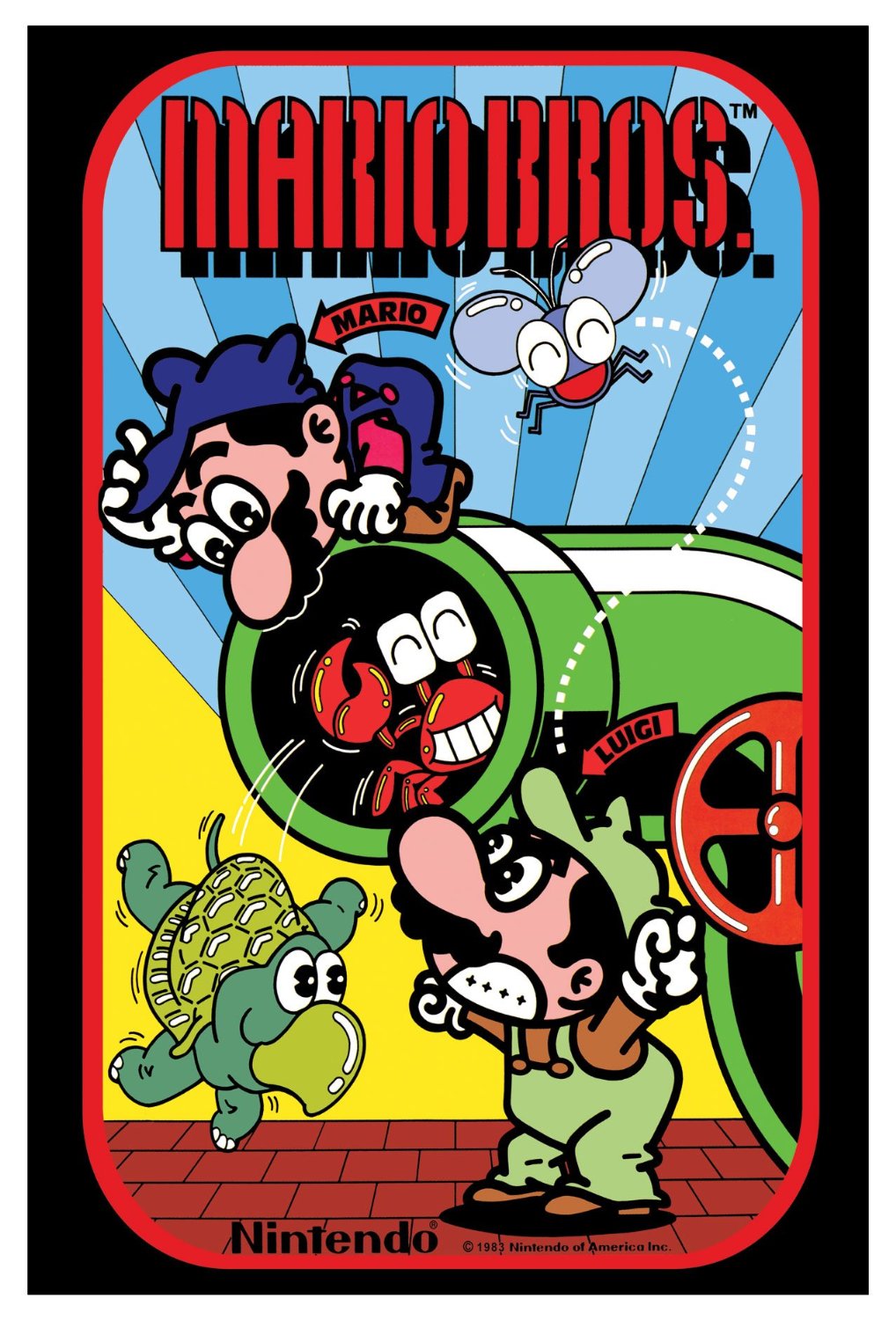 Following his debut in 1981’s Donkey Kong, the character then simply known as Jumpman would become Mario and star in his first standalone title – Mario Bros. Mario Bros., in turn, introduced a green palette swap for the game’s two-player mode – Luigi.
Following his debut in 1981’s Donkey Kong, the character then simply known as Jumpman would become Mario and star in his first standalone title – Mario Bros. Mario Bros., in turn, introduced a green palette swap for the game’s two-player mode – Luigi.
34 years ago this week in 1983, this well received arcade game would be ported to Famicom, little did anyone know that the now former plumber would appear in over 200 later games and would become a global phenomenon.
Mario Bros. is a simplistic but fun game. It’s a single screen action game in which the player (Mario) has to defeat every enemy that appears before moving on to the next stage or “Phase”. In this, the first entry in the Mario franchise, it’s interesting to note that Mario does not defeat enemies by jumping on their head.
Much of the art style of Mario Bros. would make it into future Mario titles. The game screen depicts a series of symmetrical platforms and in each corner of the screen are four pipes, the very same that the Mario series would become known for. These pipes would dispense enemies for Mario to dispatch.
Mario alongside the Sheelcreepers and Luigi in their first ever appearances.
In order to do so, Mario would jump up and strike the underside of each platform, which will cause any enemy standing on it to flip over allowing Mario to kick them off screen. These enemies would flip back onto their feet if allowed enough time to do so, then they would change color and their movement increase in speed. The final enemy of every Phase would automatically change color and increase their speed. All of these basic mechanics would make their way into the later entries in the series, such the Super Mario Bros. series. As well as an enemy, the Shellcreeper.
Mario Bros. was the brainchild of two of Nintendo’s biggest visionaries, Shigeru Miyamoto and Gunpei Yokoi, and on that note …

On September 10th, 1941, long time Nintendo employee Gunpei Yokoi was born.
Sadly, despite being one of Nintendo’s greatest innovators, Gunpei Yokoi is often overlooked. He became a Nintendo employee almost a decade before the company became involved with any video games.
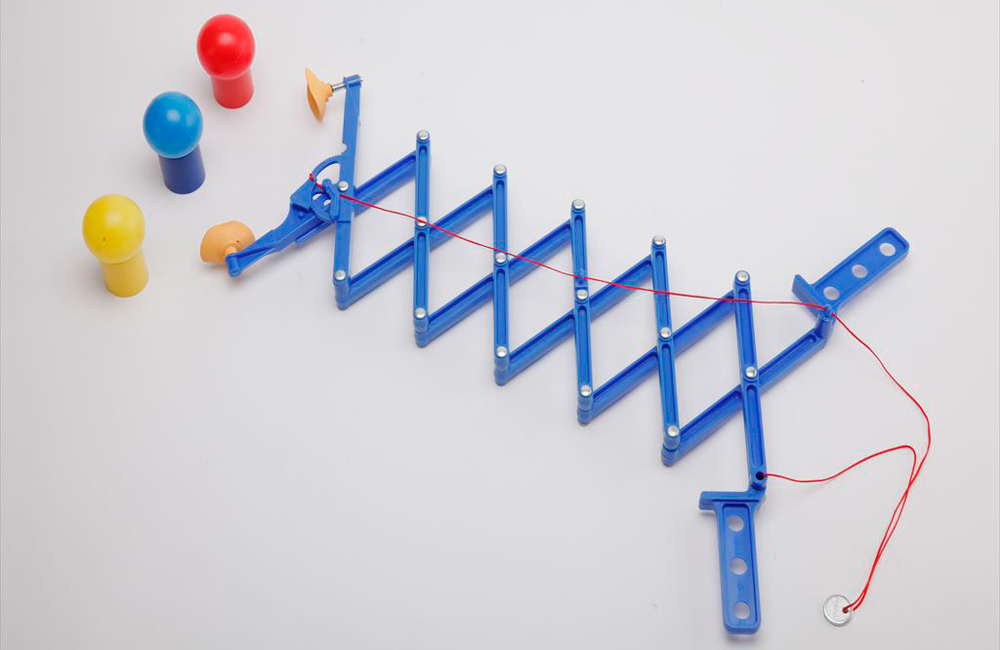 The Ultra Hand was Yokoi’s big break
The Ultra Hand was Yokoi’s big break
The Ultra Hand
Yokoi worked in the companies Hanafuda playing card factories as a maintainer of the factories production lines. Somewhat of a toy making enthusiast, he created a toy that was essentially an extendable grabber. To him, it was a project that he worked on in his free time while at work. At this time the company was presided over by Hiroshi Yamauchi, who ran the company from 1949 until 2002 when he would step down to be succeeded by Satoru Iwata. On a routine visit to the hanafuda factory Yamauchi (who was said to be an imperialistic leader and hard to satisfy) noticed Yokoi’s grabber toy and was impressed by his work. Yokoi was then told to develop the toy as legitimate Nintendo product, just in time for the 1966 Christmas rush. It would become known as the Ultra Hand. It was a huge success and so Yokoi was then offered a position in the company’s toy department. Yokoi would develop several successful toys until 1974.
‘Ball’ – the first in the Game & Watch line
The Game & Watch
In 1974, Nintendo started to explore the world of video games, Yokoi alongside Genyo Takeda, one of the lead developers of the Nintendo Wii and Director of the NES edition of PunchOut, were two of the company’s first game designers.
Yokoi got his first major brainstorm on a journey aboard a bullet train where he spotted a bored salaryman poking at a calculator. He then got an idea to create a watch that had an electronic casual gaming component. This resulted in the creation of the Game & Watch line of electronic handheld games, of which over 40 million units were sold.
Gunpei Yokoi and Shigeru Miyamoto
Miyamoto Mentor
In 1981, Yokoi was appointed a supervisor of a new project from one of its young developers, Shigeru Miyamoto. Yokoi mentored Miyamoto whose project would eventually become the legendary Donkey Kong. Miyamoto had a lot of ideas but if it were not for Yokoi’s presenting of Miyamoto’s work to Nintendo’s president, Donkey Kong may not have got any backing at all. As a result, Yokoi and Miyamoto would frequently discuss and collaborate on their respective future projects.
Yokoi and Miyamoto would further collaborate on DK’s follow up – Mario Bros. It was Yokoi who suggested the multiplayer component, indirectly creating Luigi, and allowing Mario to survive falls from higher platforms than he would have in Donkey Kong. Miyamoto took some convincing, feeling that if Mario was virtually superhuman it would make for a lesser game. Eventually, Miyamoto agreed with Yokoi.
Yokoi would go on to produce successful titles in Kid Icarus and even more Metroid. In 1982, he developed a handheld Donkey Kong game, it was for this game that he created the cross shaped D-Pad that became a video game standard. Especially in subsequent creations of the Game & Watch line and particularly his next project…
The Game Boy, arguably Yokoi’s finest creation.
Game Boy Man
In 1989, Gunpei Yokoi designed the Game Boy, which, before the success of the Nintendo DS was the best selling handheld video game console of all time. A few years later he would design the Virtual Boy. It’s well documented that the Virtual Boy is one of video game history’s biggest failures, shortly following this Yokoi would develop the next in the Game Boy line – the Game Boy Pocket. Yokoi would then part with Nintendo after over 30 years with the company, though not as a result of the Virtual Boy failure I should add. In defence of Yokoi, he didn’t believe the console was finished in its released state. Nintendo had pushed out the Virtual Boy so the company could fully invest its time and resources in the development of its newest creation, the Nintendo 64.
 The WonderSwan would be Yokoi’s final creation
The WonderSwan would be Yokoi’s final creation
WonderSwansong
Yokoi wouldn’t stop there, however. He created a new company called Koto and with a few former Nintendo associates headed the development of the Bandai WonderSwan handheld games console.
Sadly, the WonderSwan would be Gunpei’s final contribution to the video game world before his unfortunate death in a vehicle accident in October of 1997.
Thankfully, Yokoi’s creations will forever be rememberd as some of the most significant steps forward in video game development.










